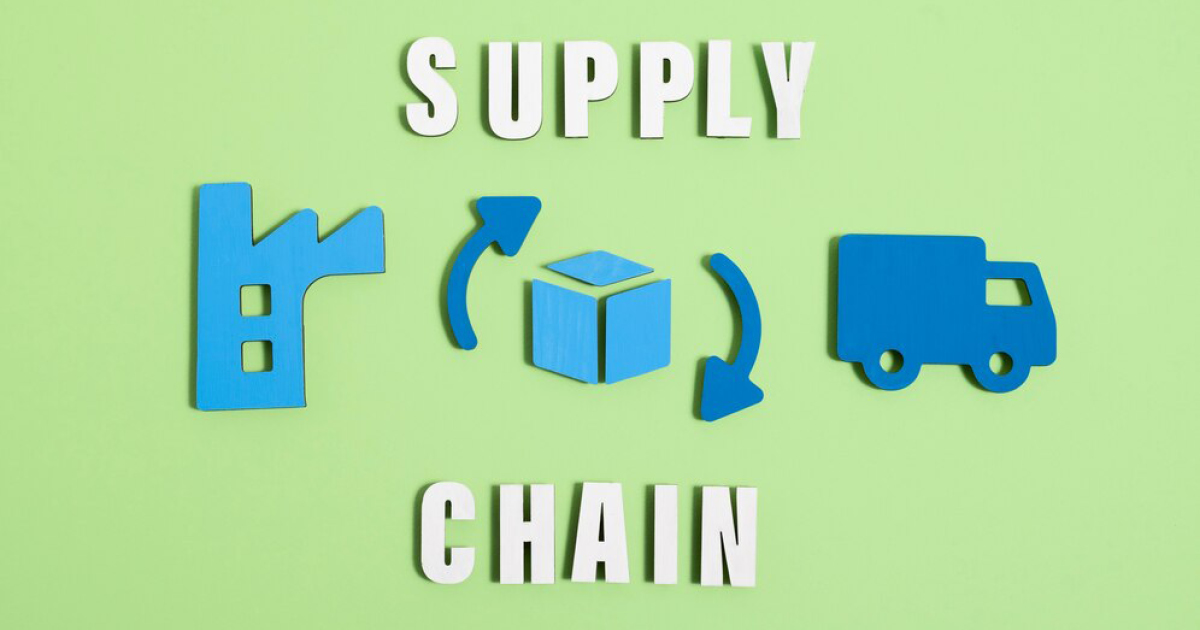- 2.5Impact Factor
- 5.5CiteScore
- 20 daysTime to First Decision
Sustainability and Green Supply Chain Management in Industrial Fields
This special issue belongs to the section “Applied Industrial Technologies“.
Special Issue Information
Dear Colleagues,
Green supply chain management (GSCM) is a concept that integrates environmental aspects into traditional supply chain practices and can provide advantages not only through environmental performance but also at the organizational and economic levels (Machfudiyanto and Wijaya, 2024). Indeed, it is well known that the green management and environmental sustainability of the supply chain contribute to the reduction in whole-system costs through a more efficient use of resources such as water, energy and raw materials (Walker et al., 2008). In the modern era, green development has become essential to industrial supply chains (Shi et al., 2024).
Recently, GSCM has emerged as a novel sustainable solution approach to the traditional linear economic model of production and consumption (Panpatil et al., 2023). In the modern business world, environmental regulations, customer satisfaction, social awareness, environmentally friendly business process and economic growth are vital dimensions of competitiveness (Li et al., 2018).
The purpose of this Special Issue is to encourage research that provides evidence of the importance of sustainability in industrial fields through modelling, real-world applications, empirical investigations and case studies.
References:
- Li, S., Shi, W., Li, H., Xu, N., Zhang, R., Chen, X., Sun, W., Wen, D., He, S., Pan, J. and He, Z. (2018), “Antibiotics in water and sediments of rivers and coastal area of Zhuhai City, Pearl River estuary, south China”, Science of the Total Environment, Vol. 636, pp. 1009-1019
- Machfudiyanto, R.A., Wijaya, P.A (2024), “Green supply chain management strategy in the Indonesian construction industry using analytic network process to improve sustainability”, E3S Web of Conferences, 476
- Panpatil, S.S., Lahane, S., Kant, R. (2023), “Performance measurement framework of green supply chain implementation in the context of Indian manufacturing organizations”, Journal of Advances in Management Research, 20 (4), pp. 623-652
- Shi, W., Hu, Q., Zhou, Y. (2024), “Evolutionary game analysis of vehicle procurement in the courier industry from the perspective of green supply chain”, International Journal of Industrial Engineering Computations, 15 (1), 223-234
- Walker, H., Di Sisto, L., and McBain, D. (2008). Drivers and barriers to environmental supply chain management practices: Lessons from the public and private sectors. Journal of Purchasing and Supply Management, 14(1), 69-85.
Dr. Giorgia Casella
Dr. Letizia Tebaldi
Prof. Dr. Eleonora Bottani
Guest Editors
Manuscript Submission Information
Manuscripts should be submitted online at www.mdpi.com by registering and logging in to this website. Once you are registered, click here to go to the submission form. Manuscripts can be submitted until the deadline. All submissions that pass pre-check are peer-reviewed. Accepted papers will be published continuously in the journal (as soon as accepted) and will be listed together on the special issue website. Research articles, review articles as well as short communications are invited. For planned papers, a title and short abstract (about 250 words) can be sent to the Editorial Office for assessment.
Submitted manuscripts should not have been published previously, nor be under consideration for publication elsewhere (except conference proceedings papers). All manuscripts are thoroughly refereed through a single-blind peer-review process. A guide for authors and other relevant information for submission of manuscripts is available on the Instructions for Authors page. Applied Sciences is an international peer-reviewed open access semimonthly journal published by MDPI.
Please visit the Instructions for Authors page before submitting a manuscript. The Article Processing Charge (APC) for publication in this open access journal is 2400 CHF (Swiss Francs). Submitted papers should be well formatted and use good English. Authors may use MDPI's English editing service prior to publication or during author revisions.
Keywords
- sustainability
- supply chain management
- industry
- green management
- operations management and optimization
- sustainable production
- environmental impact
- sustainable development
- case study
- manufacturing
- life cycle assessment
- emissions reduction
- green innovation

Benefits of Publishing in a Special Issue
- Ease of navigation: Grouping papers by topic helps scholars navigate broad scope journals more efficiently.
- Greater discoverability: Special Issues support the reach and impact of scientific research. Articles in Special Issues are more discoverable and cited more frequently.
- Expansion of research network: Special Issues facilitate connections among authors, fostering scientific collaborations.
- External promotion: Articles in Special Issues are often promoted through the journal's social media, increasing their visibility.
- e-Book format: Special Issues with more than 10 articles can be published as dedicated e-books, ensuring wide and rapid dissemination.

